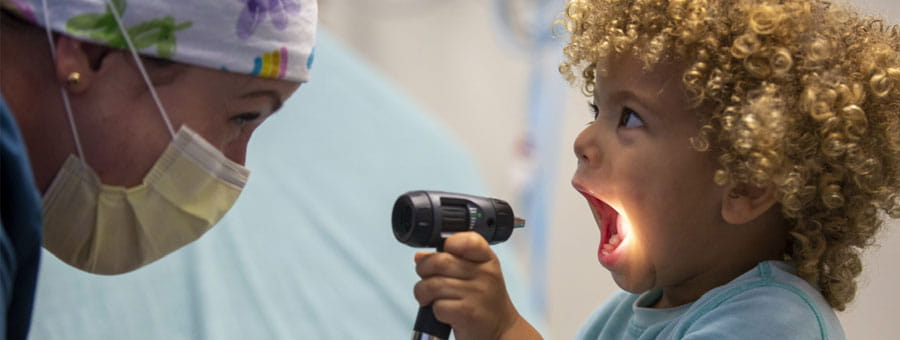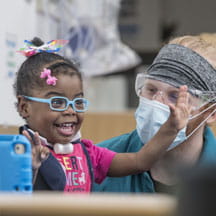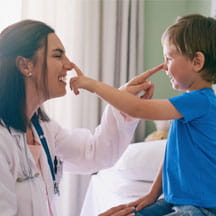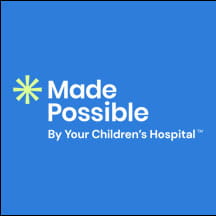Help Children’s Hospital Association (CHA) tell the story of children’s hospitals and health systems by submitting your organization’s photos to our new photo collection.
These photos will be used across CHA to promote efforts in advocacy, data, improvement and education to a variety of audiences and industry stakeholders. We’re looking for photos that highlight the day-to-day life of your organization’s patients, caretakers, staff and facilities.
The collection will be open for submissions from member hospitals on an ongoing basis. Additional guidelines include:
- The photo collection is a benefit of membership.
- Individual files should be no larger than 50MB.
- Include photo credits in the submission form.
- There is an option to submit stories that we may use to accompany the photo.
Contact us to learn more about the photo collection submission process.
Made Possible By Your Children's Hospital
Submissions to the photo collection could also be featured in "Made Possible," a brand campaign to promote the critical role of America’s children’s hospitals and their advocacy priorities in Washington, D.C. Photos selected for the "Made Possible" campaign would require patient information, details about the care they received at your hospital, and represent one of the following:
- Access to care. Patients provided access to the care they need through Medicaid/insurance, funding or their proximity to the hospital location.
- Specialized care. Patients with specialized healthcare needs and complex conditions.
- Comprehensive care. Patients benefitting from holistic care, including primary care, mental health and programs that address social determinants of health.
For more information about the "Made Possible" campaign, contact Paige Mihalik.






